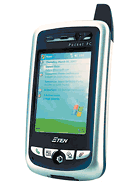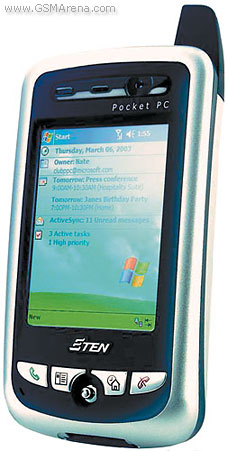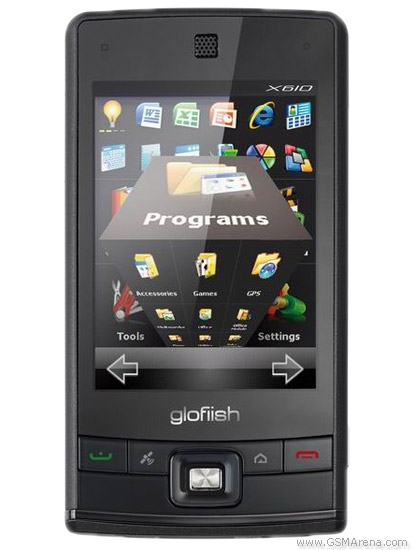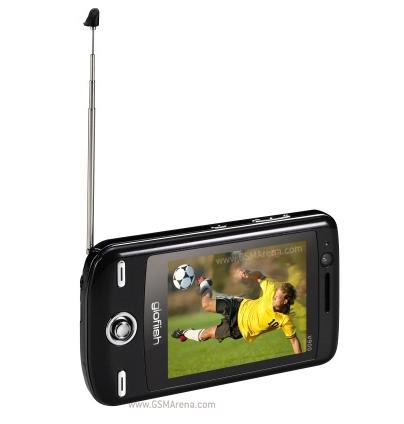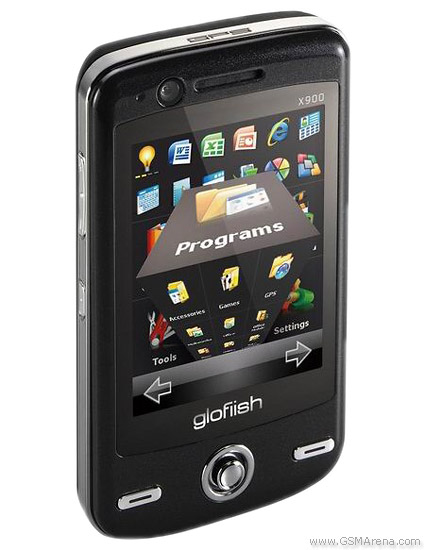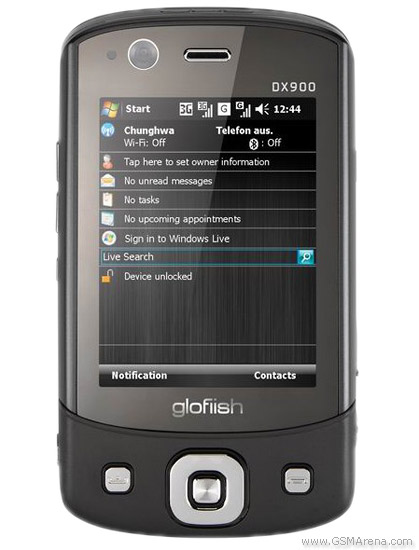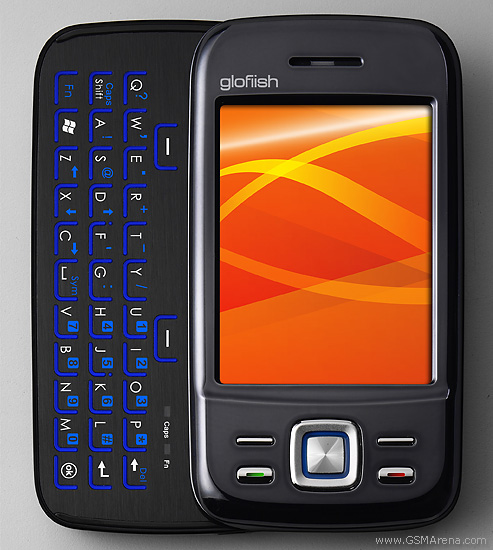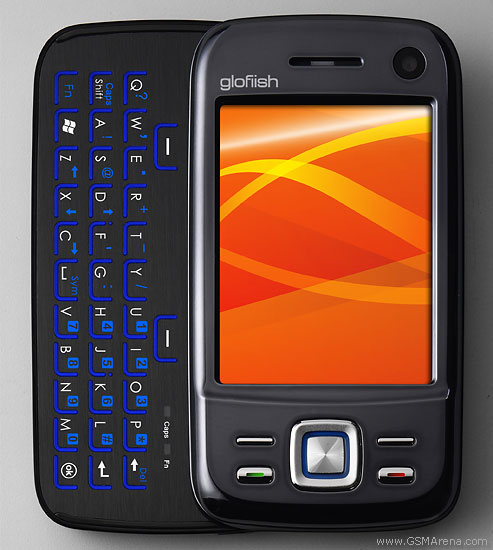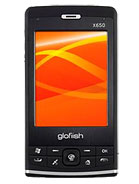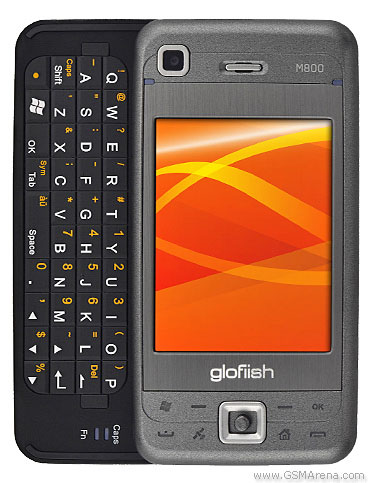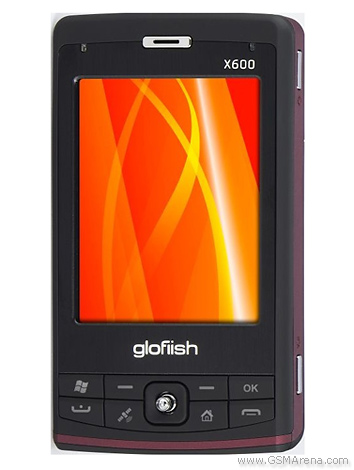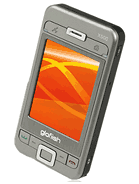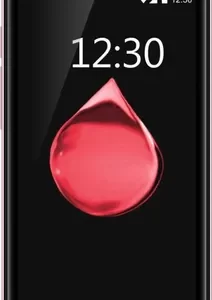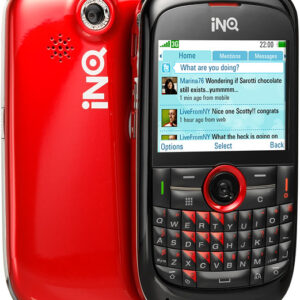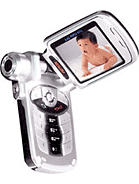Eten P300 Overview
The Eten P300 is a classic piece of mobile technology, marking its presence in the tech world around the second quarter of 2004. This device falls into the category of Windows Mobile smartphones, showcasing the software capabilities of its time. With a compact 2.8-inch display, the Eten P300 was designed for practicality and ease of use, catering to the needs of users who preferred functionality over extensive multimedia features.
Under the hood, the Eten P300 was powered by a modest 1050 mAh battery, aiming to deliver enough power to get through the daily tasks of a user. When it comes to memory, this device was equipped with 64 MB RAM, which, by today’s standards, seems minimal but was quite appropriate for the era’s applications and operational needs.
